This is understandable, as rapid economic growth usually means increases in consumption, traffic and built environments. This, in turn, requires extensive use of raw-materials and energy, which results in resource consumption and a heavy burden on the environment. This has been particularly apparent when societies have been undergoing periods of rapid development, such as the Western European countries in the 19th century, Finland in the 20th century and China and India in the 21st century.
The sustainability of economic development is associated with the available technologies. With technologies, it’s not only about technological development, but also about the will or possibilities to invest in solutions that conserve the environment. Advanced industrial nations have made a lot of progress in this area.
Emissions from traffic and heating have been successfully reduced through the use of more efficient and cleaner systems. The Finnish combined heat and power production that provides district heating is a good example of this type of solution. Process manufacturing has been successful in creating production models that are based on closed material loops, which has halted the pollution of water sources. Similarly, significant advancements have also been made in sewage treatment.
Waste is also recycled and converted into energy. The share of emission-free energy production methods can be increased and emissions reduced from burning hydrocarbons by using improved filtering technologies and carbon capture and storage.
The adoption of new, clean methods takes time and requires large investments, but the development is trending in the right direction.
The challenges are the greatest in the areas with the highest population densities.
In countries with scarce populations, such as Finland, the environmental impact caused by the economy is usually small and local, but our consumption behaviour affects what the developing nations produce. In densely populated areas of the planet, however, where the population is tens of times more in relation to the land area, the pressure is completely different. This is why cities hold a key position in sustainable development. The centralisation of the population in densely populated areas into well-built, eco-efficient cities is the only viable solution to the sustainable development challenge.
The development in China is methodically progressing along these lines. China still has enormous challenges with pollution in manufacturing and energy production, but the construction of cities and the supporting infrastructures is developing in the right direction. The same challenges still largely lie ahead for India, which has an equal population to China. The population in India is growing and a large move to cities is to be expected. It is essential for emissions, hygiene and water resource management that the great urbanisation of this century is implemented using sustainable solutions.
Although it is no longer fashionable to discuss population explosion, rapid population growth is still occurring in Africa. The UN predicts that the population in Africa will increase from the current one billion to four billion by the year 2100. Although Africa is a large, scarcely populated continent, this type of population increase will inevitably lead to a major ecological burden. The current subsistence agriculture is not sufficient, as it will lead to the depletion of water sources and firewood and land erosion.
Without industrialisation and urbanisation, the predicted population growth will lead to a dead end. Therefore,
sustainable development on a global scale requires global economic growth to continue.
Developing nations require economic growth in order to build a modern economy, cities, homes and infrastructure. Developed and wealthy nations, such as Finland, do not have the same type of need to increase the material standard of living. Instead, our role is to advance the technological development, together with other developed countries, and fund the investments required for global development. This offers lots of business opportunities to companies working with large, global challenges.
The continuing global population growth and eliminating poverty require that economic growth continues for at least the next one hundred years. We will also encounter the growth limits at least in some ways. However, we have no other alternative than to attempt to develop sustainable solutions − also for the economy.
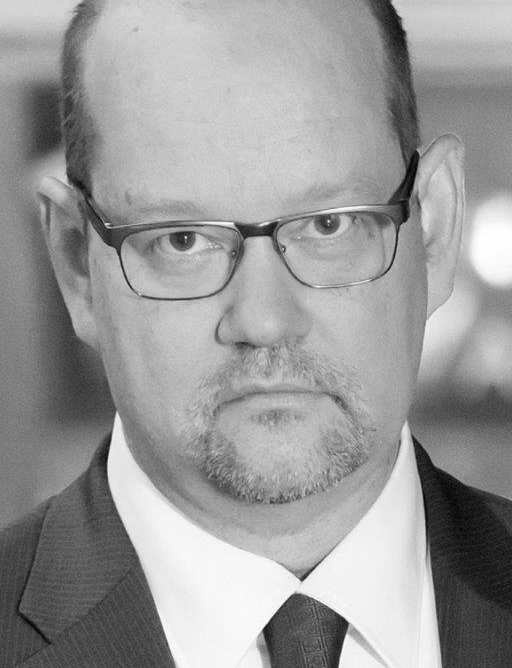


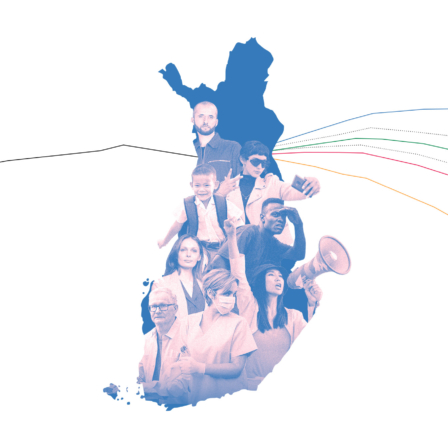

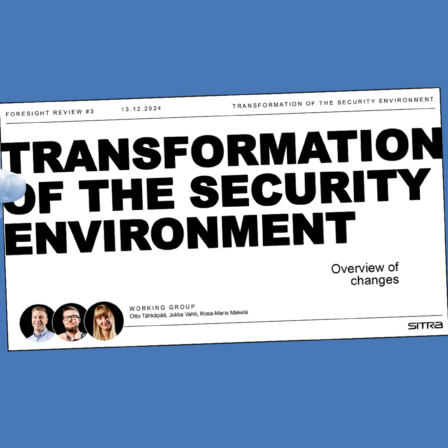





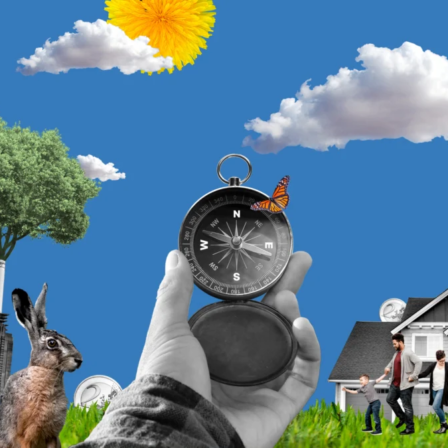

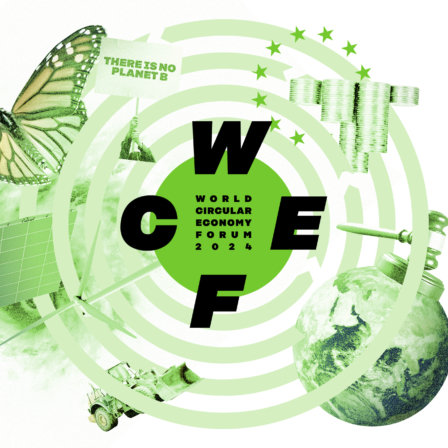
Recommended
Have some more.